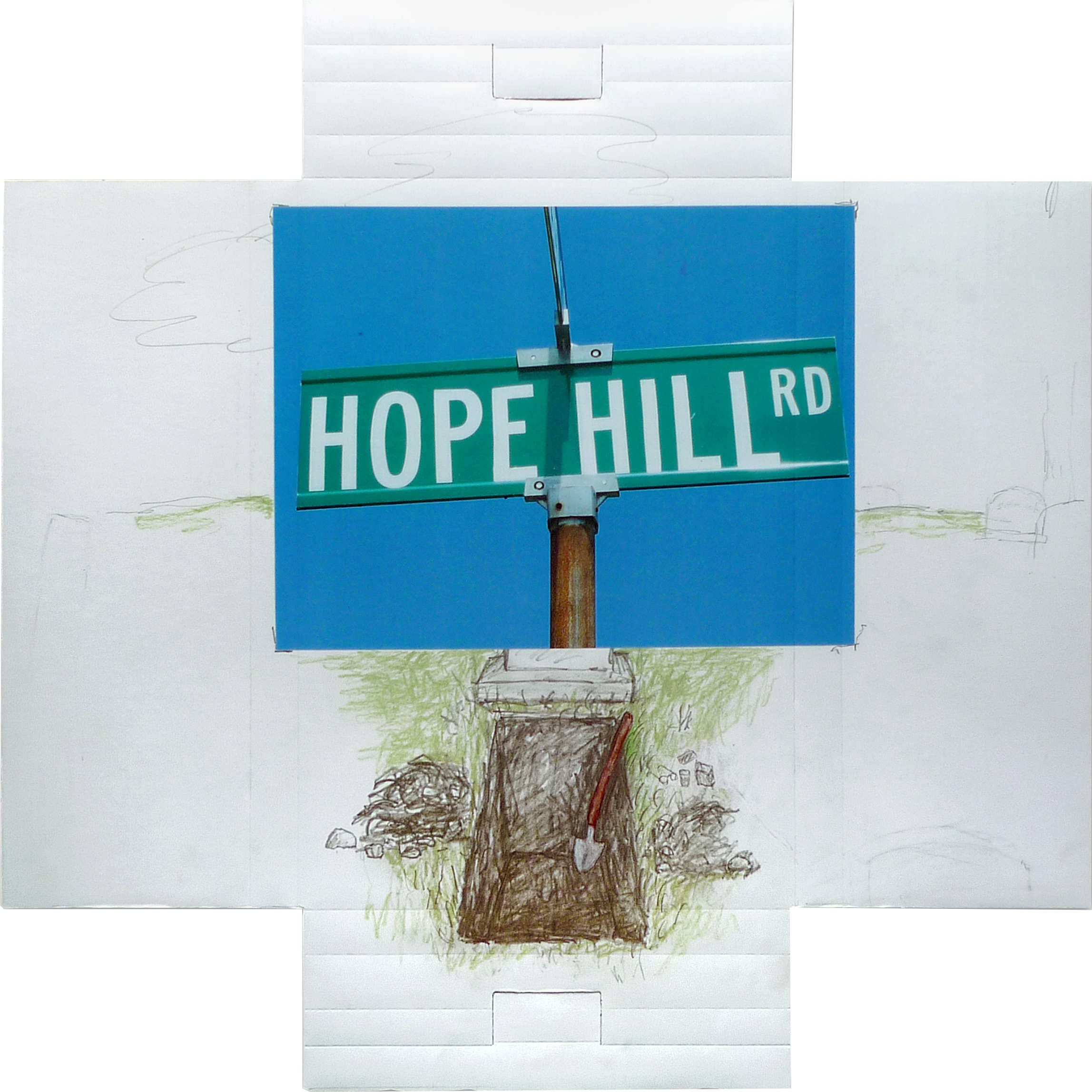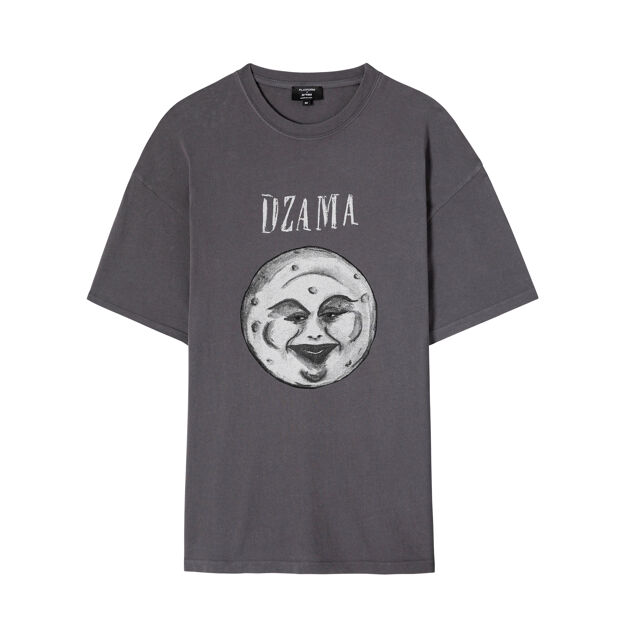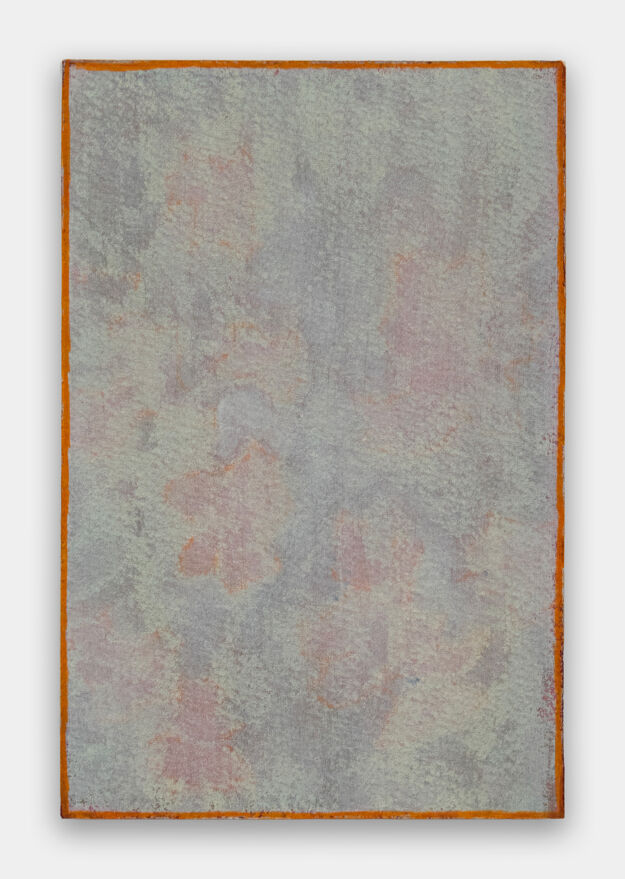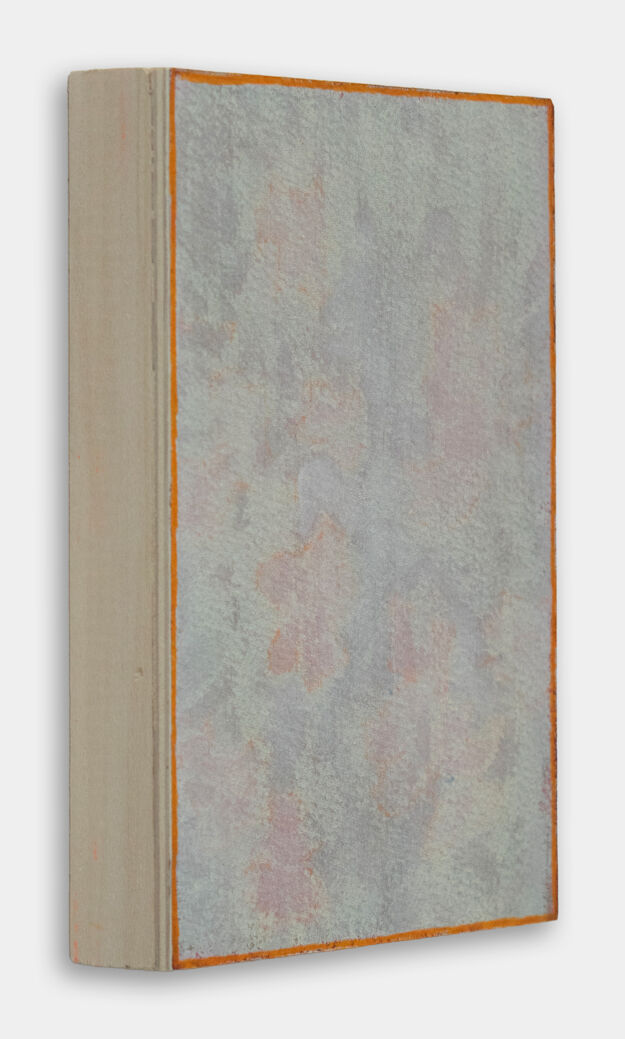About the artwork:
This limited-edition, signed-and-numbered multiple by the acclaimed contemporary artist Robert Gober relates to an unsigned edition Gober created for Esopus subscribers in 2012. That year, Esopus editor Tod Lippy asked Gober if he would create a “placeholder” gift to Esopus subscribers during a break in its publication schedule. After several months of deliberation, Gober made a piece that didn’t just fit within the custom cardboard Esopus mailer—he even made the mailer itself a part of the work. The edition is called “Hope Hill Road,” which is the name of the street on which Gober spent his childhood.
Robert Gober is an American sculptor and installation artist known for his eerie and evocative reconsiderations of everyday objects. After a brief period as a painter, he drew notice in the 1980s with a series of haunting sculptures loosely based on the forms of household items such as sinks, drains, and playpens. His common motifs include the human body and domestic objects examined, often with humor, through notions such as religion, sexuality, childhood, and change.
About the artist:
Robert Gober is an American sculptor and installation artist known for his eerie and evocative reconsiderations of everyday objects. After a brief period as a painter, he drew notice in the 1980s with a series of haunting sculptures loosely based on the forms of household items such as sinks, drains, and playpens. Gober carried these ideas further in sculptures and installations that combine the familiar with the strange. His common motifs include the human body and domestic objects examined, often with humor, through notions such as religion, sexuality, childhood, and change.
Robert Gober was born in 1954 in Wallingford, CT, and is based in New York, NY. He studied at Middlebury College (1972–76), spending his junior year abroad at the Tyler School in Rome before settling in New York City. In 1999, Gober was awarded the Skowhegan Medal for Sculpture by the Skowhegan School of Painting and Sculpture in Maine. He participated in the 2001 Venice Biennale and was the subject of a retrospective in 2007 at the Schaulager Museum in Basel, Switzerland. In 2014, the Museum of Modern Art in New York organized a major survey of his work, the first of its kind in the United States.






